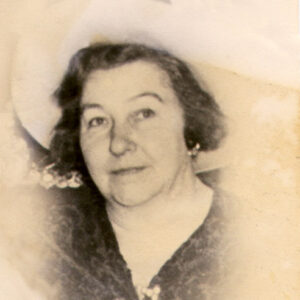 Cora Call
Cora Call
Entry Category: Folklore and Folklife - Starting with C
 Cora Call
Cora Call
 Camp Pike Menu
Camp Pike Menu
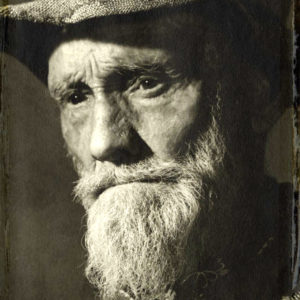 Booth Campbell
Booth Campbell
 Captured Still
Captured Still
Carlisle, Irene Jones
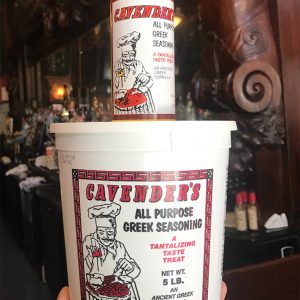 Cavender's Seasoning
Cavender's Seasoning
Cavender’s All-Purpose Greek Seasoning
Caviar
Chateau Aux Arc Vineyards and Winery
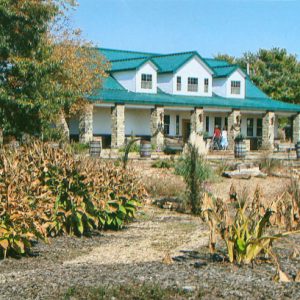 Chateau Aux Arc Vineyards and Winery
Chateau Aux Arc Vineyards and Winery
 Chateau Aux Arc Vineyards and Winery
Chateau Aux Arc Vineyards and Winery
 Cheese Dip
Cheese Dip
Cheese Dip
 Cheese Dip Championship
Cheese Dip Championship
 Cheese Dip Ice Cream
Cheese Dip Ice Cream
Chowning, Ann
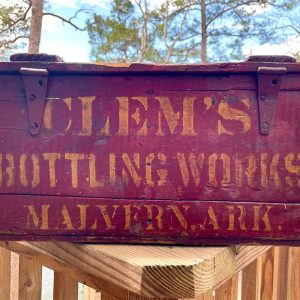 Clem's Crate
Clem's Crate
 Clem’s Cola Label
Clem’s Cola Label
 Clem’s Cola Sign
Clem’s Cola Sign
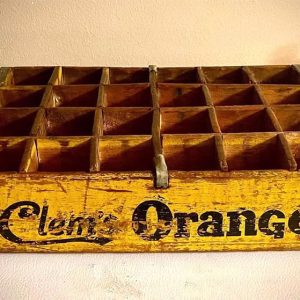 Clem’s Soda Crate
Clem’s Soda Crate
Cotham’s Mercantile
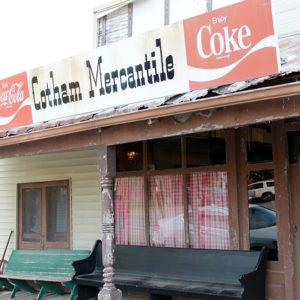 Cotham's Mercantile
Cotham's Mercantile
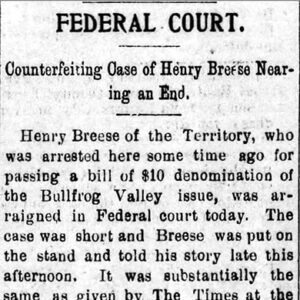 Counterfeiting Article
Counterfeiting Article
Cowie Wine Cellars
 Crescent Hotel Menu
Crescent Hotel Menu




